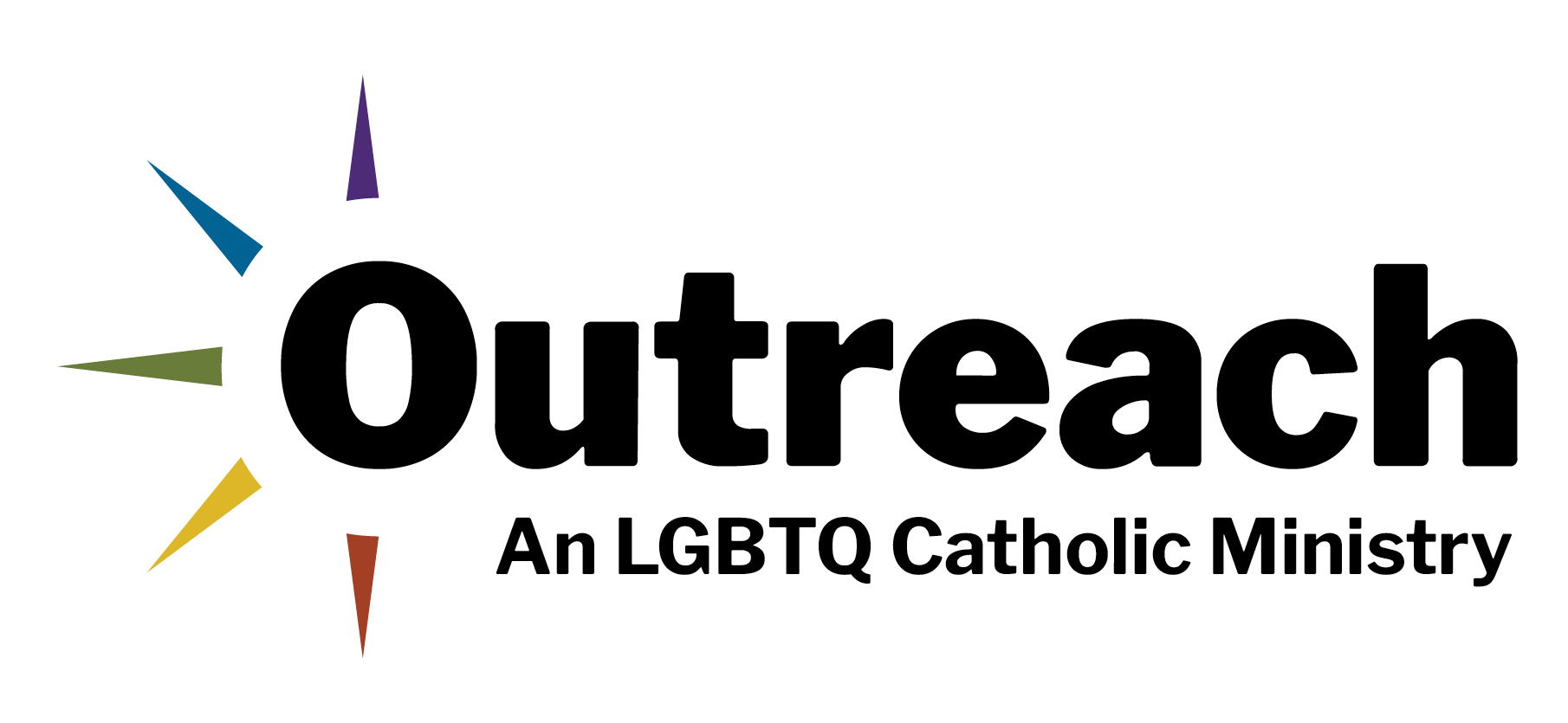This month, the United States Catholic Conference of Bishops (U.S.C.C.B.) Committee on Doctrine released a “Doctrinal Note on the Moral Limits to Technological Manipulation of the Human Body.”
This episcopal committee document outlines, from a moral perspective, some of the various medical aspects of therapeutic care for people experiencing such profound gender dysphoria that they seek medical intervention.
The transgender experience, a well-established reality, surfaces myriad issues that are highly emotional, deeply divisive and exceedingly complex on many levels: medical, moral, social, sexual, political, cultural and so on. To expect either the bishop’s note or this brief reflection to touch upon, much less resolve, these nettlesome issues would be naïve at best, and probably deeply counter-productive at worst.
Nanoseconds after the bishops’ note was posted on the U.S.C.C.B. website, reactions began to pour in on several levels, from Twitter, blogs and articles in online media. No doubt more sustained and further researched analyses will be forthcoming in academic articles, papers and very likely a book or two.
Depending on one’s prior theological-political stance, these reactions are seen as a confirming “cloud of witnesses” (Heb. 12:1) or an apocalyptic dust storm of biblical dimensions (Lk. 12:49-56).
I had just finished my undergraduate moral theology unit on racism when the the bishops’ note first emerged. In an attempt to break down some of the polarization these issues regularly surface in my class, I began with a graphic on “Becoming Anti-Racist.”
The desire to give those with whom we disagree the “benefit of the doubt” can help us engage these directives more hopefully.
This image portrays three zones emanating from the desire to be anti-racist.” First, there is recognition of a “Fear Zone” that seeks to maintain comfort, likely involving a good deal of rejection and defensiveness. However, if we can survive by working through these fears, this leads to a genuine “Learning Zone,” marked by honest questioning and seeking new information, including new resources.
Building on the momentum we gain in this zone, we can more easily move into the next “Growth Zone.” This last zone is where we seek to engage in personal and social conversion that will lead more effectively to advocate for positive change across our diverse social spectrum. I believe the model could easily be transferred to reflection on transgender issues.
As a Jesuit in my second half-century of religious life, I also have developed a real appreciation for the Ignatian-inspired conflict resolution stratagem, namely the “Presupposition,” that immediately precedes the “First Principle and Foundation” of the Spiritual Exercises.
Presuming that many are already familiar with this concept, I would just highlight the Ignatian trajectory: that we start by postulating good will on the part of our adversary, even if in the deepest recesses of our hearts we suspect this may not exist. Next, we seek, as far as is reasonably possible, to interpret the words (or actions) of the other in the best possible light.
Next, if difficulties still remain (as they likely will in most deep-seated controversies) we begin our dialogue with posing questions of clarification over points that we believe misconstrued or even downright wrong. If this last step still has not adequately resolved the situation then, and only then, does St. Ignatius propose “correcting” the other “with charity.”
Finally, and it is important not to mis-order these steps, Ignatius concludes that if these steps remain insufficient, then we are to “seek all the suitable means to bring the other[s] to mean it well, and save themselves. (Spiritual Exercises #22).
I believe that the common ground that most people good will could stand upon, and respond charitably to, is an awareness of the very real distress experienced by individuals who feel there is a serious mismatch between their gender identity and the sexual category listed on their birth certificate. It is well documented that rates of depression, destructive behavior substance abuse and even suicide are much higher in this population.
Since 2013, the DSM-5 has used the classification “dysphoria” rather than “sexual disorder.” No official ecclesial document suggests that dysphoria itself does not exist. Controversy does break out, though, over its description, treatment protocols and related public policies.
However, I propose we proceed, in the spirit of Pope Francis’ metaphor of the church as a “field hospital” and with our shared consensus that these wounds do exist, to a compassionate pastoral care for the considerable distress over this deeply-felt gender mismatch.
How, then, might we move next to a reasonable, good-faith interpretation of the bishops’ note?
I propose we proceed in the spirit of Pope Francis’ metaphor of the church as a “field hospital,” and with our shared consensus that these wounds do exist.
Here, I would propose using the triple evaluative criteria of “character, manner and frequency” explicitly set forward in the Second Vatican Counci’s document “Lumen Gentium” to help guide the proper response (or obsequium religiosum) of non-infallibly proposed magisterial teaching. I believe that we can find consensus in that virtually all would agree that the “character” criterion is deeply-seated and of critical importance. How we understand and approach such a fundamental category of our very personhood, made in the Imago Dei, is a matter of crucial “character.”
The second evaluative criterion is the “manner” of the teaching, and here I note that text is proposed using the genre of a “doctrinal note,” and not a “declaration,” “instruction,” or “monitum” (warning). A “note” is something akin to a further explication of another document or policy already in place (in this case the Ethical and Religious Directives for Catholic Health Care Services).
The note does not presume or aim at a comprehensive treatment of the subject at hand, nor does it claim a level of assent that involves the categories of credenda (items to be “believed” in faith) nor even perhaps tenenda (items that must be “held” as authoritative).
The last evaluative criterion of “frequency” here is important. Since this is the “first” official text of this type, it is possible that feedback—especially if offered in the spirit of the Ignatian Presupposition—might help revise and reform subsequent efforts to tackle these complex issues.
Without going into an extended analysis here of the bishops’ note, I would observe that its analytical method is largely deductive, starting with abstract principles and then arguing for conclusions that may not take into sufficient account many particular differences. By contrast, an inductive approach would seek to begin with, or take explicit account of, the actual lived experiences of transgender individuals.
These experiences seem to be largely missing from the bishops’ doctrinal note, and this absence has been the focus of several critiques of the text. Therefore, it is not astounding to see that quite different practical conclusions would come about when applied to a particular situation using some vastly different starting points and accompanying methodologies.
If we have to move to the step of clarification and charitable correction what might we employ in communal charity? I would like to suggest the three foundational paragraphs from the Catechism of the Catholic Church in its foundational outline of sexual identity:
2331 God is love and in himself he lives a mystery of personal loving communion. Creating the human race in his own image . . .. God inscribed in the humanity of man and woman the vocation, and thus the capacity and responsibility, of love and communion.
2332 Sexuality affects all aspects of the human person in the unity of his body and soul. It especially concerns affectivity, the capacity to love and to procreate, and in a more general way the aptitude for forming bonds of communion with others.
2333 Everyone, man and woman, should acknowledge and accept his sexual identity. Physical, moral, and spiritual difference and complementarity are oriented toward the goods of marriage and the flourishing of family life. The harmony of the couple and of society depends in part on the way in which the complementarity, needs, and mutual support between the sexes are lived out.
I believe communal discussion and discernment over the meaning and application of this theological anthropology should be guided by the Second Vatican Council’s “hierarchy of truths” and the corresponding moral principle of resolving conflicts of duties according to a “hierarchy of values.”
“An inductive approach would seek to begin with, or take explicit account of, the actual lived experiences of transgender individuals.”
Building further on this foundation, while giving more explicit attention to the individuals who struggle with gender dysphoria, may as well as lead to quite revised approaches, understandings and policies than the bishops’ note may initially seem to have suggested to its readers.
In other words, the desire to give those with whom we disagree the “benefit of the doubt” can help us engage these directives more hopefully, and more productively, than we might otherwise. This approach helps us engage in dialogue, in the hope of learning something from their approach .
Such a Spirit-inspired cloud of witnesses could help recognize the essential character of people, of whatever gender, made in God’s own image. These therefore possess that unique dignity of personhood that would transcend the dust storm raised by controversies over the more sharply delineated, and absolute binary, of “sex assigned at birth.”




